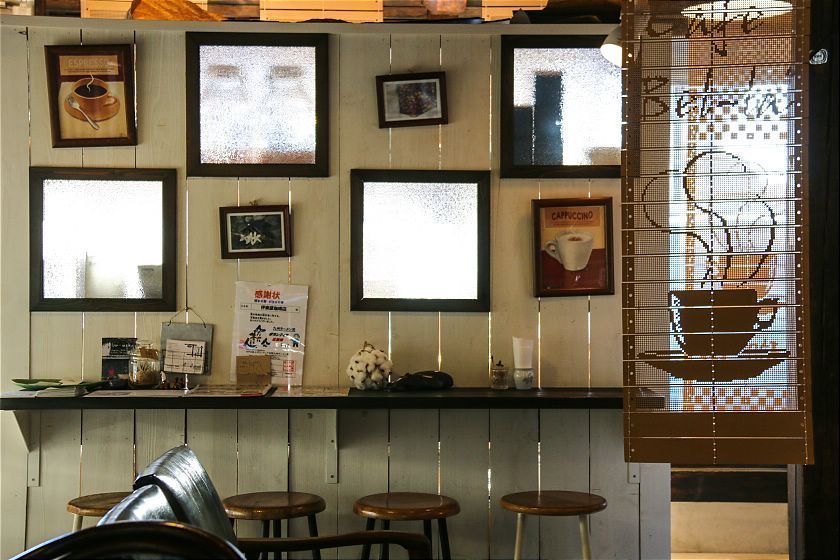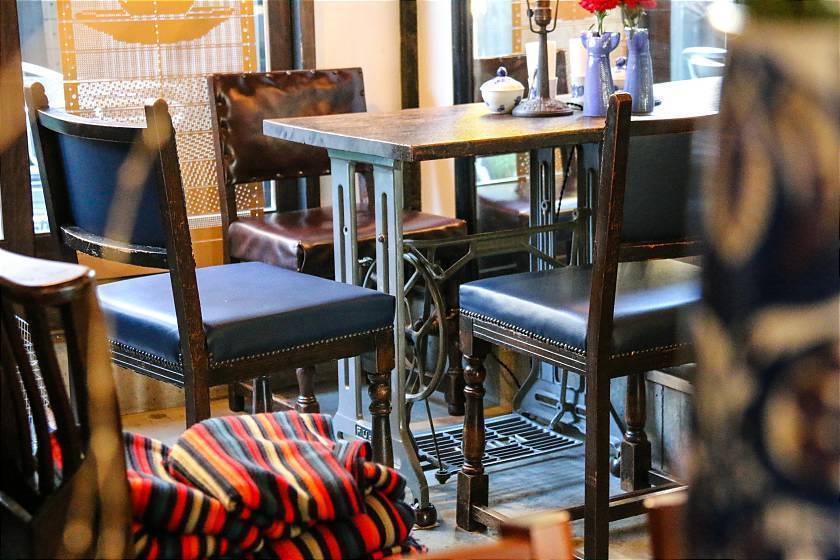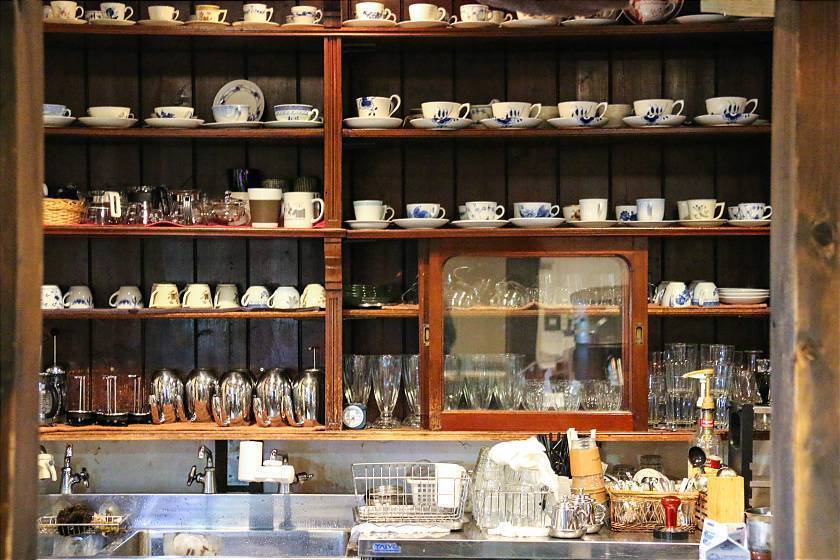Following Japan’s silk road to Kiryu
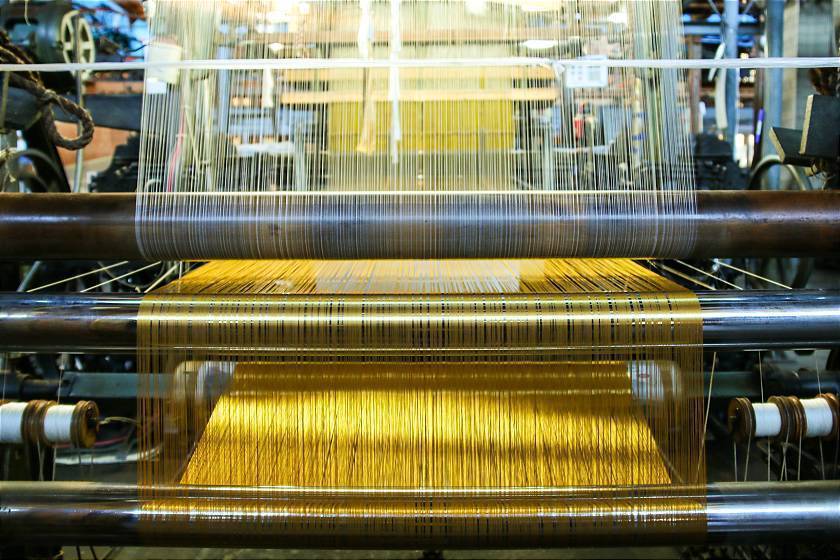
Kiryu is a small town outside of the tourist radar about two hours north of Tokyo. The small city sees few tourists, but it nonetheless used to be part of an important old trade route in Japan: the silk road. The route was established in the late 19th century, and bits of that heritage can still be seen in parts of the city. Today, I went in search of the good old days and came back with a wealth of knowledge.
The silk route starts in Tomioka where the UNESCO World Heritage silk mill is located. Silk worms were bred and their cocoons were harvested in the area to produce quality silk thread at the mill. Silk thread from Tomioka was brought through Maebashi, the capital of Gunma Prefecture, from where it went further west into the towns of Kiryu, Isesaki and Ashikaga to be made into textile products. The silk route continued on the train route from Takasaki into Tokyo and even to the rest of the world through the port of Yokohama!
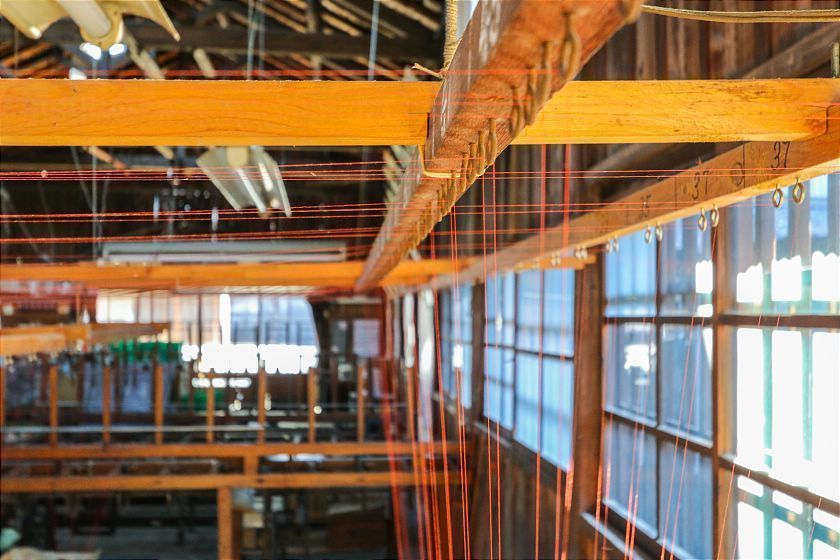
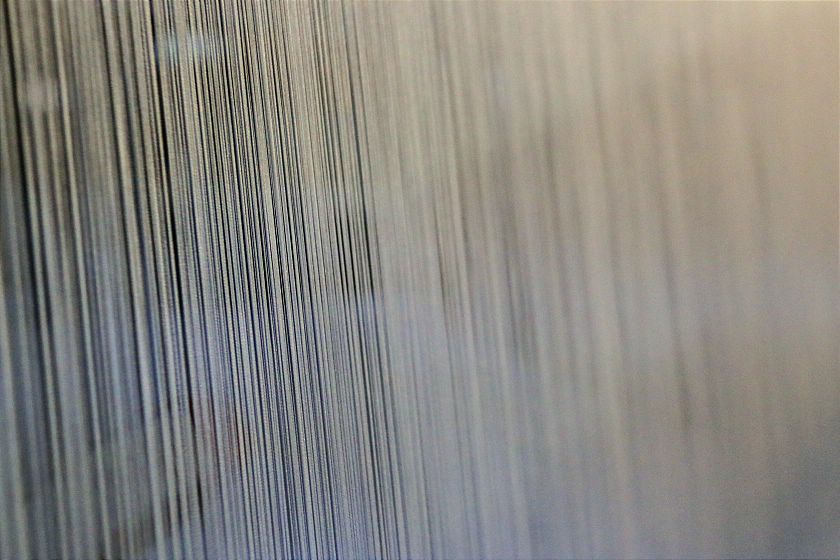
In Kiryu, spools of silk thread were dyed as well as woven into a variety of products. With quality thread coming from the silk mill and weaving techniques improving over the years, the town became known for its high quality and colorful woven products. Kiryu-ori (Kiryu weaving) is designated a Japan Heritage, a recognition from the government aimed at preserving local history and culture. In addition to weaving, techniques like embroidery were also developed, making Kiryu a forerunner of designed textiles back in the day.
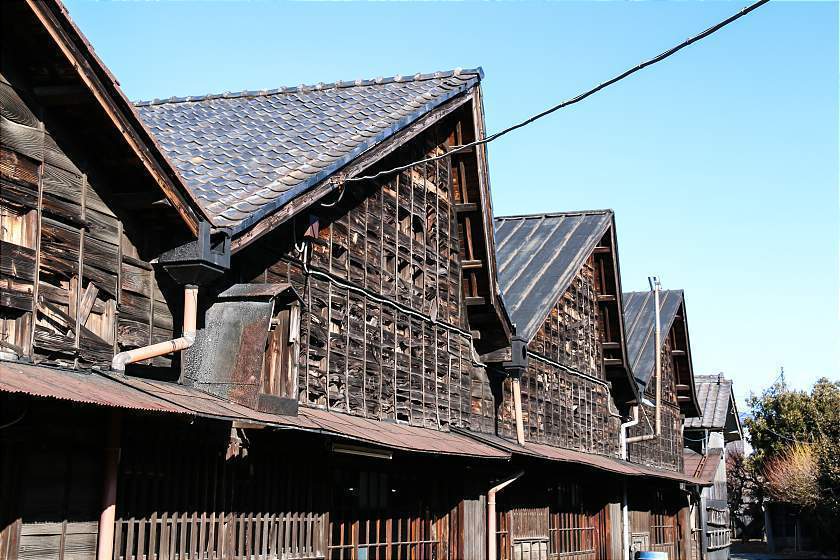
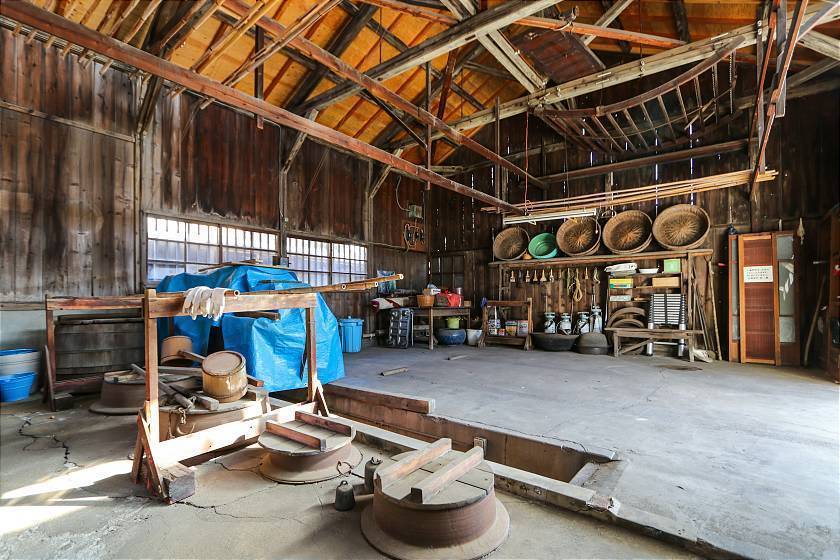
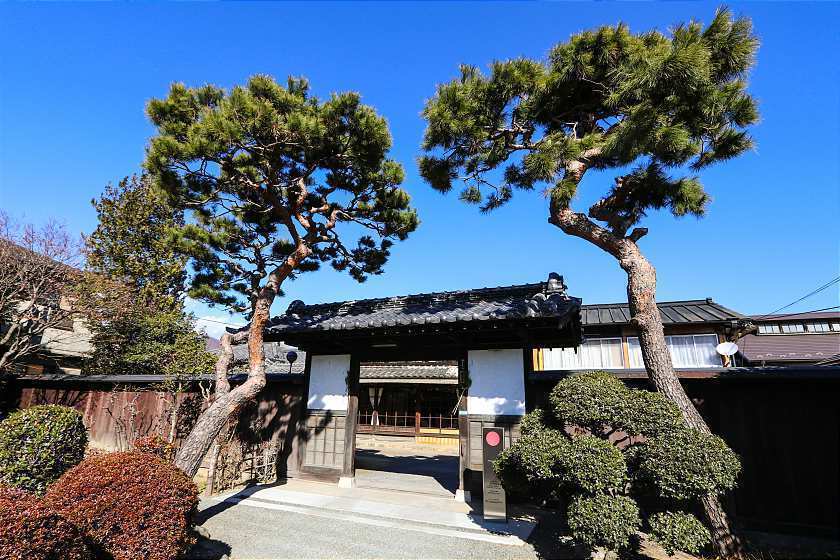
I visited Goto Orimono, a woven Japanese belt (obi) weaving mill and Kasamori, an embroidery business that started off as a weaving mill. The skills and ideas that go into the products blew me away, and I left with so much admiration for the artisans at both places. While modern machines have made the task faster and easier compared to doing everything by hand, it is still by no means a simple job. Careful inspection and post production are still labour intensive, and the strict quality control results in exceptional products.
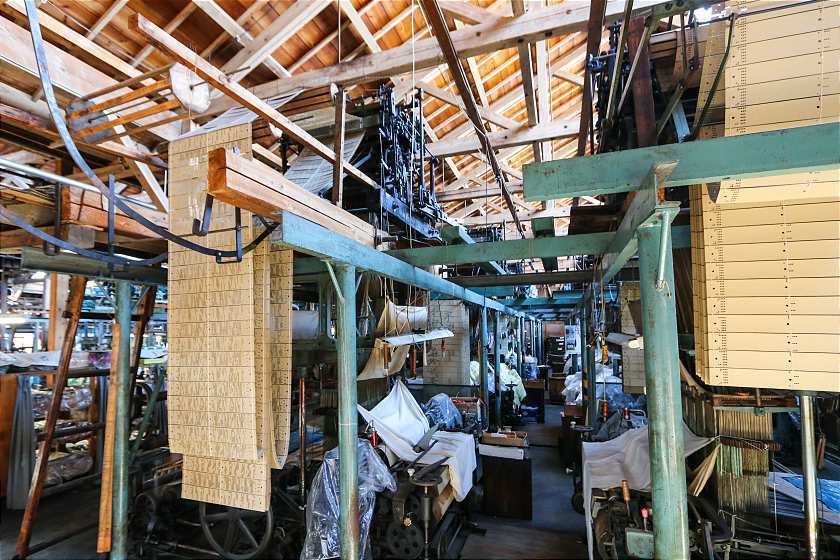
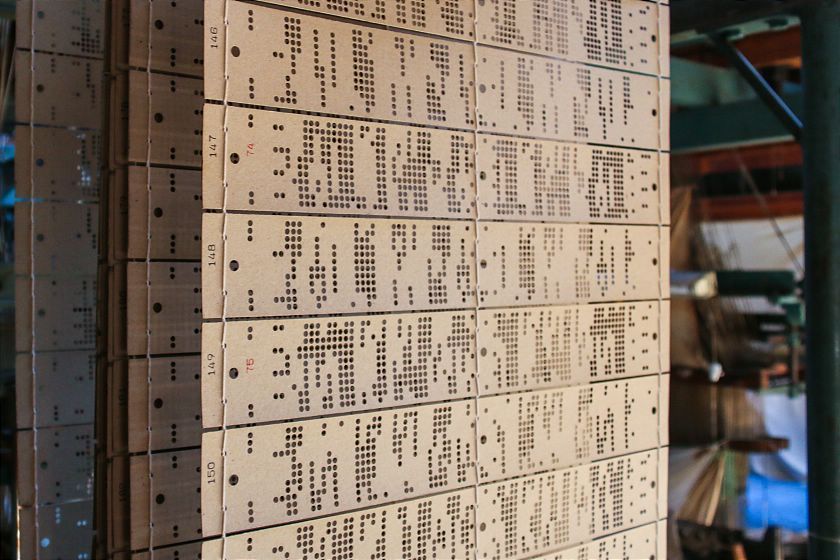
Even today, silk is a luxury product and quality items made of silk typically command a high price. In efforts to not close their craft to the majority of the consumers, manufacturers offer woven products in a variety of threads including nylon and rayon. In a push away from tradition, designers have also moved towards creating new products that fit the modern lifestyle like a breath of fresh air.
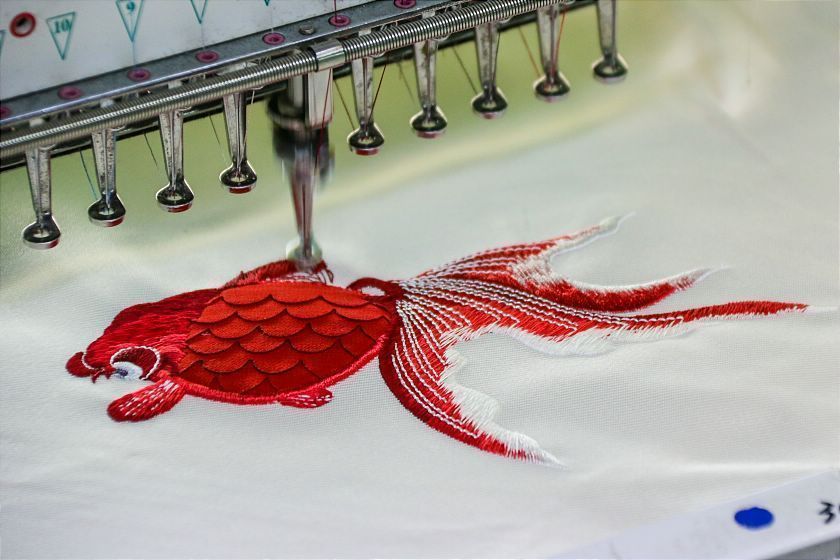
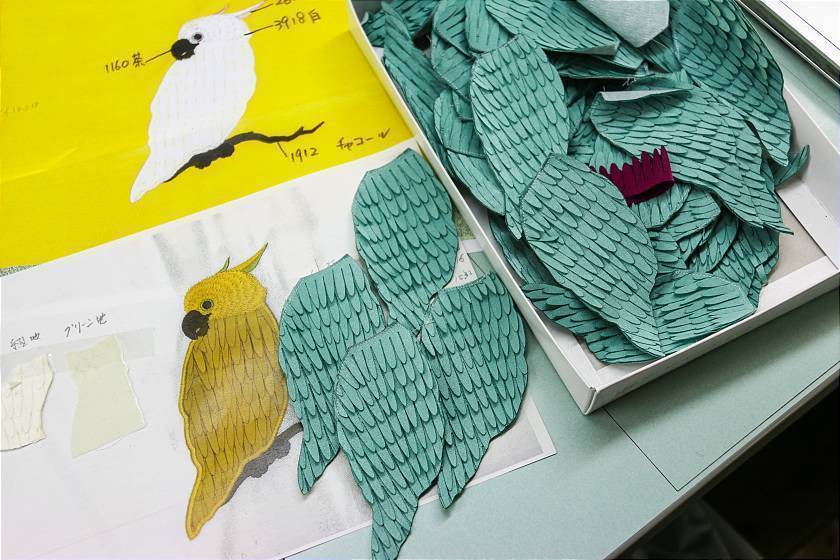
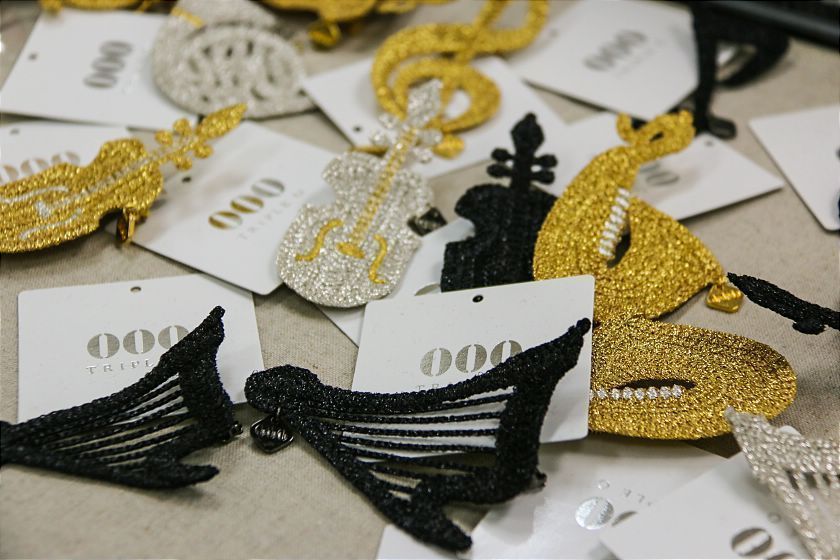
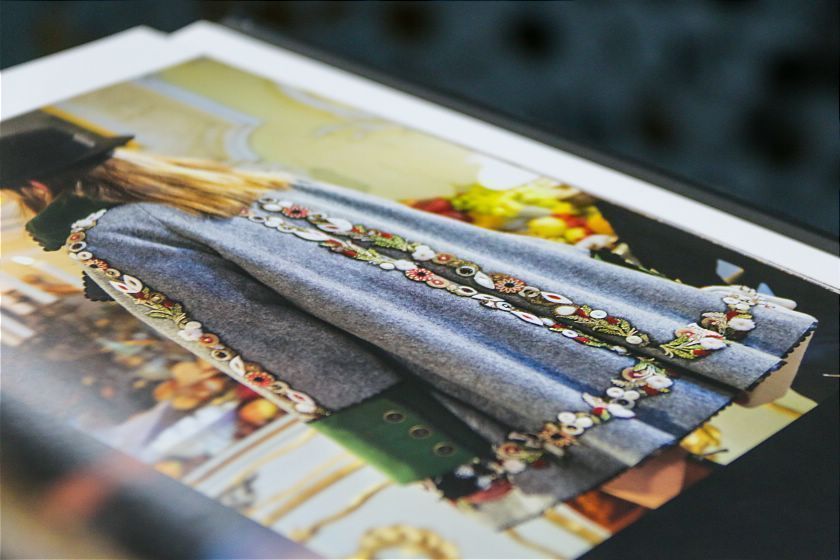
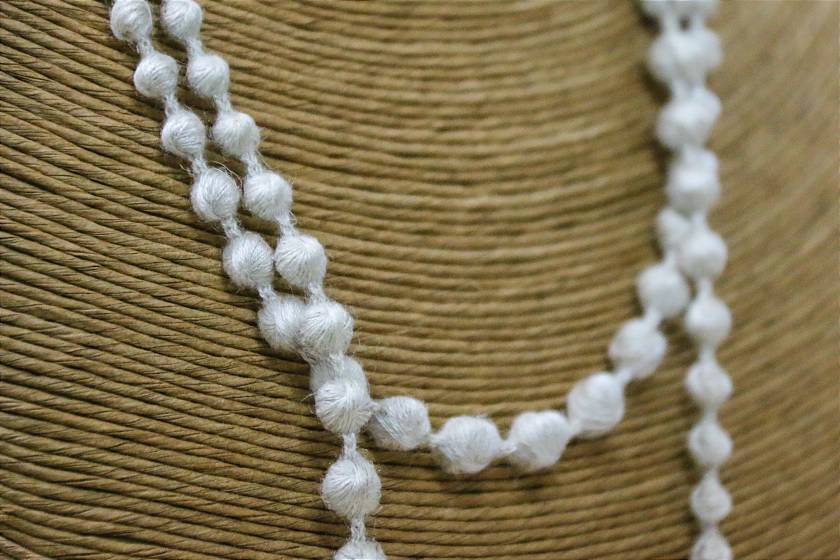
On this trip, I had the opportunity to see some woven silk belts, and let's just say I was extremely hesitant to put my dirty paws on them as much as I wanted to feel the woven silk in my hands. I also saw extremely lightweight embroidered necklaces that were surprisingly tough (after I tried to press the embroidered balls between my fingers and couldn't squash any). But more than these, the highlight of my trip to these two businesses was being able to see the work process up close and understanding a bit of what goes on behind the scenes of a completed product.
An interesting tidbit I learnt on this trip was that the reversible embroidered bomber jackets known as the Yokosuka Jumper (Sukajan for short), named for the personnel at the US naval base in Yokosuka who brought these embroidered Japanese design jackets back home as souvenirs, actually has its embroidery roots in Kiryu! The city already had an established reputation for its outstanding embroidery techniques and many of the early souvenir jackets were embroidered freehand by the artisans there. These jackets continue to be popular today and have fans from around the world.
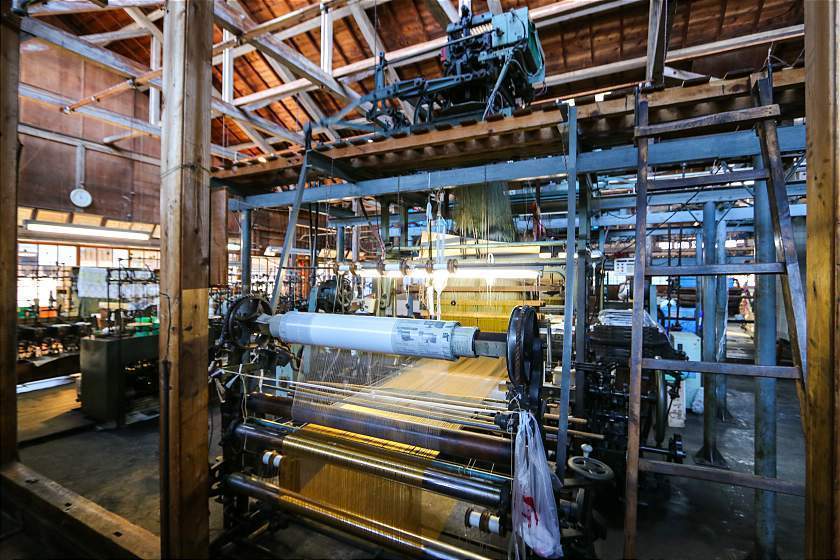
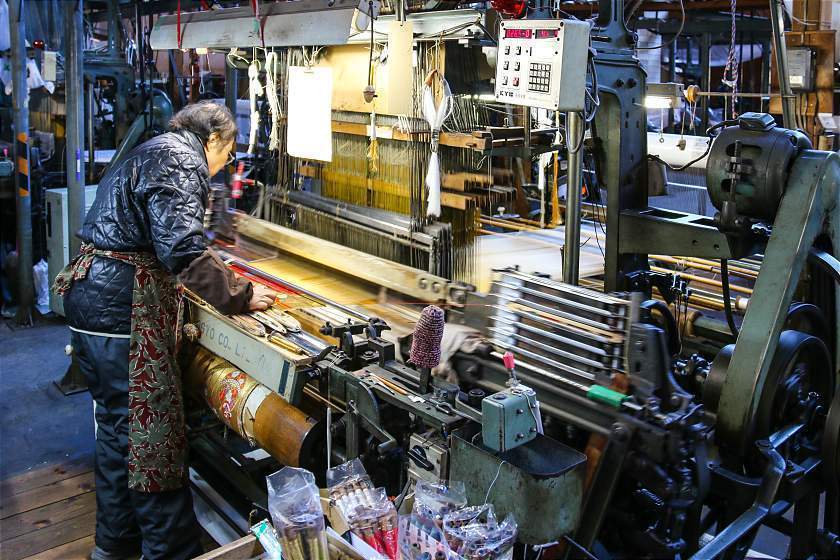
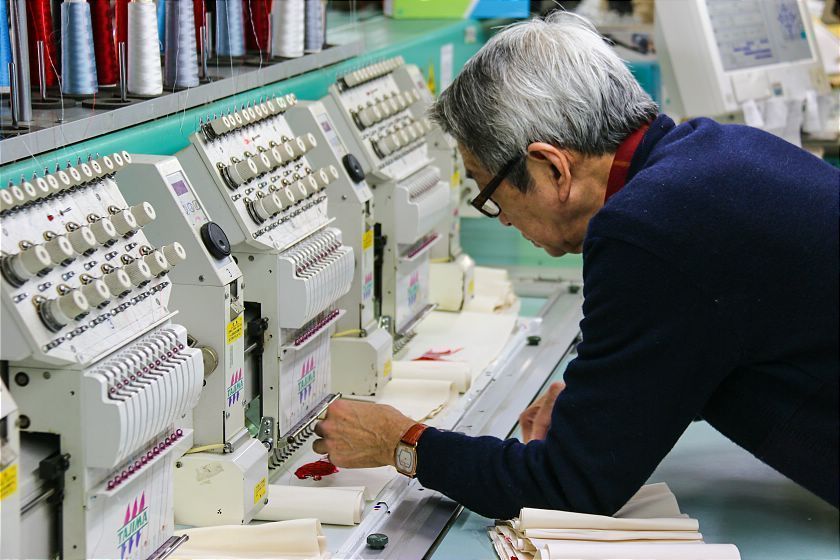
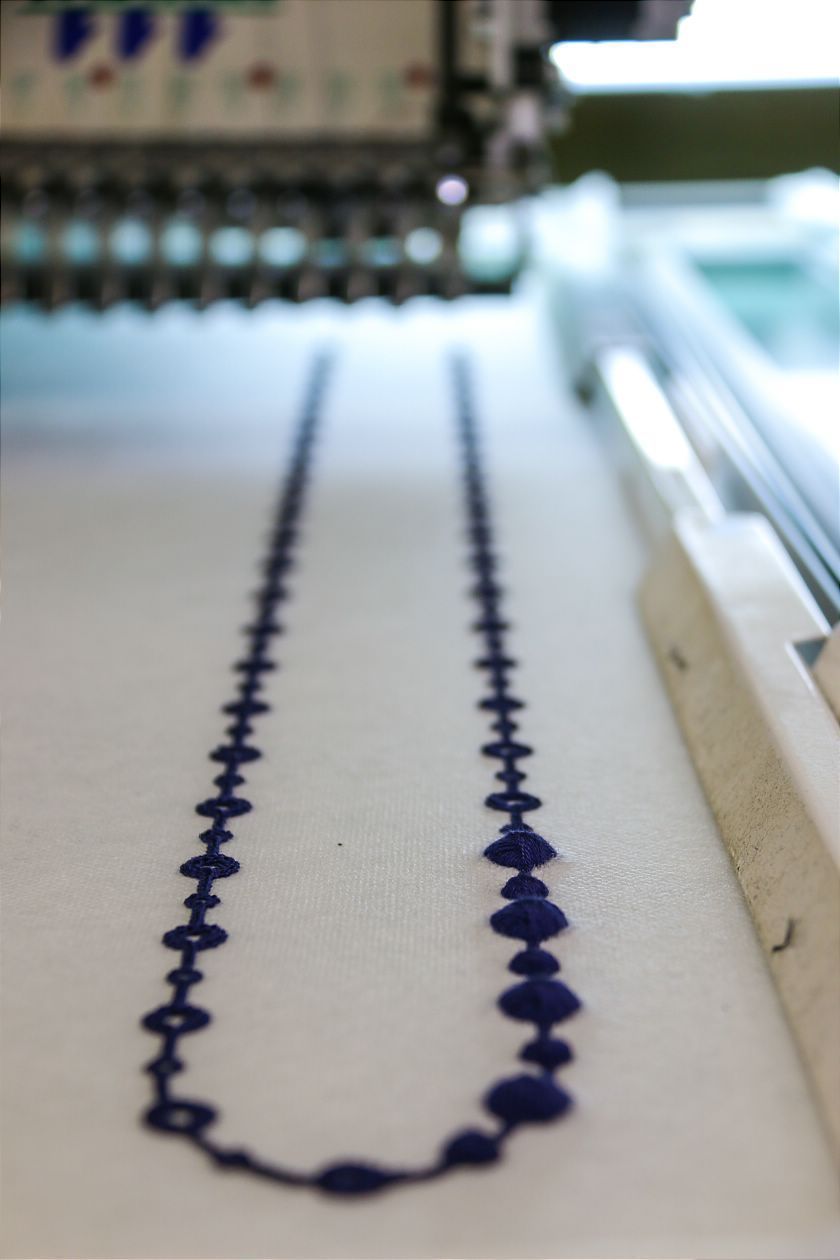
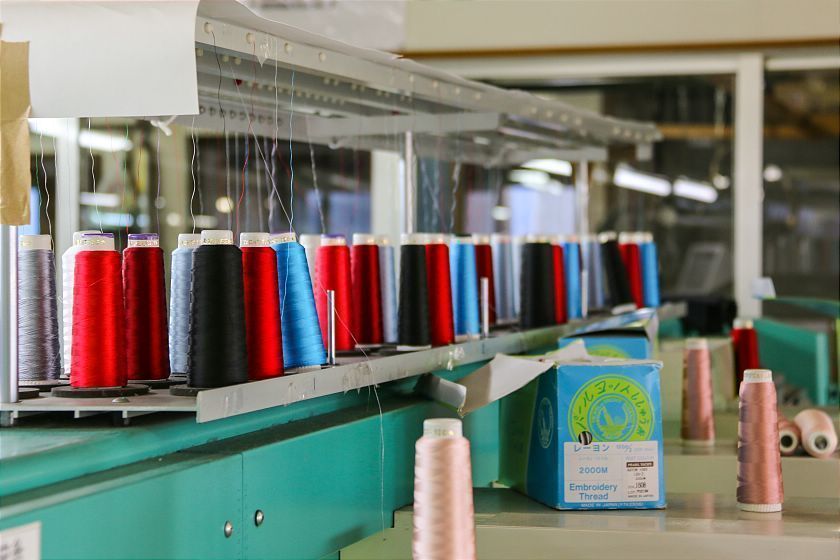
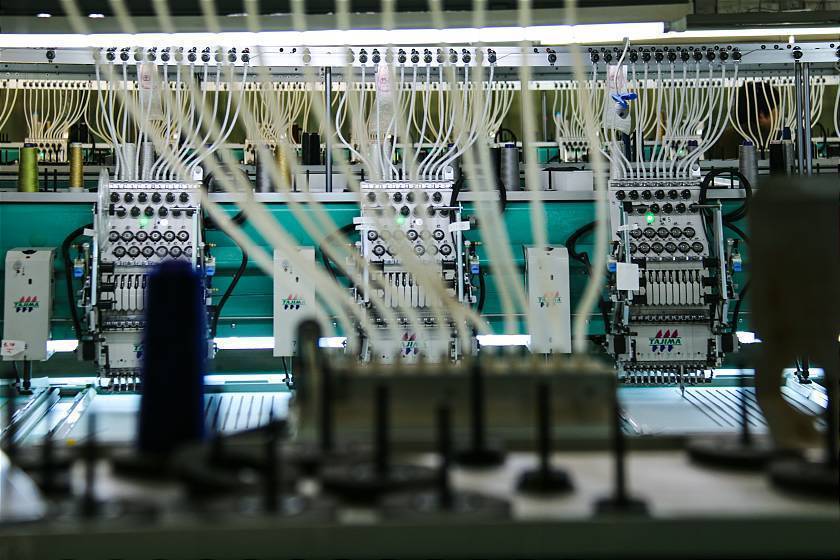
After my visit to the two mills, I headed to explore part of Kiryu City. The preserved warehouse area, Yurinkan reminded me of Yokohama's Red Brick Warehouses. These warehouses used to contain a variety of goods like beer, salt, sake and soy sauce but are now empty, and some have been converted into galleries and cafes. I also found that the city has one Yokohama Bank, a remaining indication of its past connection to the silk trade.

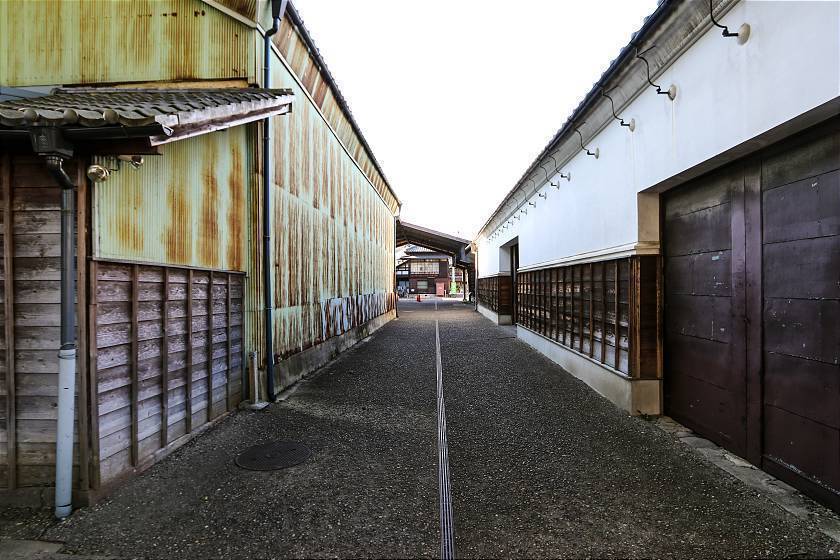
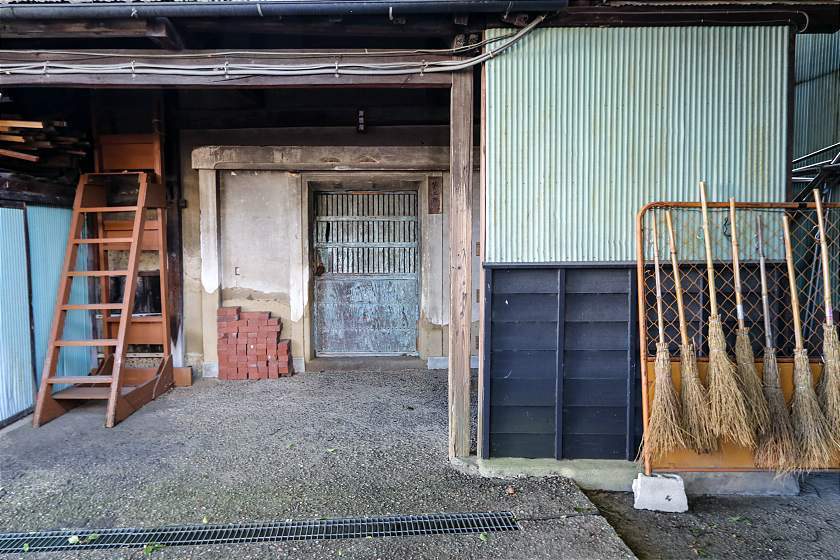
All the excitement of learning about weaving and embroidery left me a little lightheaded and I headed to a cafe to sit down and collate what I had learnt, before going for a local specialty of Himokawa Udon. Despite having the term udon in its name, Himokawa Udon for me is more like a cross between udon and kishimen. The width of the noodles typically ranges from 1.5 centimeters to over 10 centimeters, and is eaten like normal udon noodles. Not a bad way to refuel after a learning-packed day.

